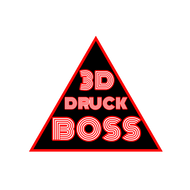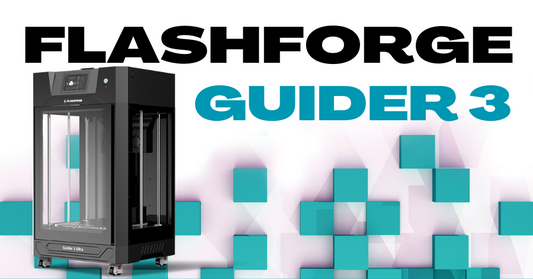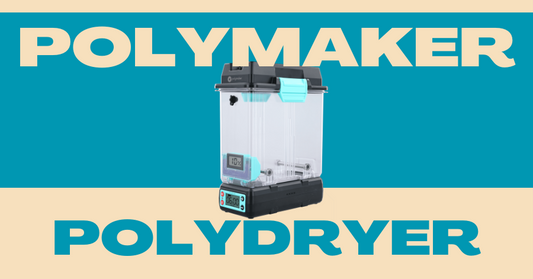
From concept to reality: 3D printing in model making
-
Introduction to 3D printing in model making
- What is 3D printing?
- The importance of 3D printing in model making
-
Advantages of 3D printing in model making
- Speed and efficiency
- Individualization options
- Cost savings
-
Steps from concept to reality
- Conception and design
- Material selection
- Printing
- Post-processing and fine-tuning
-
Applications of 3D printing in model making
- Prototype production
- Detailed models
- Repairs and spare parts
-
Challenges and solutions
- Print quality and precision
- Material properties
- Costs and profitability
-
Future outlook for 3D printing in model making
- Technological developments
- Potential areas of application
-
Conclusion
_________________________________________________________________
Introduction to 3D printing in model making
What is 3D printing?
3D printing, also known as additive manufacturing, is a manufacturing process in which three-dimensional objects are built layer by layer. This is done by depositing material, typically plastic or metal, layer by layer.
The importance of 3D printing in model making
In model making, 3D printing enables the production of high-precision and tailor-made models. From prototypes to detailed replicas, 3D printing offers a variety of possible applications.
Advantages of 3D printing in model making
Speed and efficiency
Compared to conventional manufacturing methods, 3D printing enables models to be produced significantly faster. This not only saves time but also costs.
Individualization options
Through 3D printing, models can be easily adapted to individual requirements. From size to design to specific functions, almost unlimited customization is possible.
Cost savings
3D printing enables cost-effective production of models, especially for small series or one-off production. This reduces production costs and makes model building accessible to a wider audience.
Steps from concept to reality
Conception and design
The first step in 3D printing in model making is the development of the concept and design. This involves creating a digital model using specialized software.
Material selection
Selecting the right material is crucial for the quality and stability of the printed model. Depending on the area of application and desired properties, various materials are available.
Printing process
The actual printing process takes place using a 3D printer, which converts the digital model layer by layer. Various printing technologies and materials can be used.
Post-processing and fine-tuning
After printing, the models often need to be reworked and refined. This includes removing support structures, sanding surfaces and, if necessary, painting or coating.
Applications of 3D printing in model making
Prototype production
3D printing enables rapid and cost-effective production of prototypes for product development and design validation.
Detailed models
3D printing can be used to produce detailed models with high precision that can reproduce even the finest structures and textures.
Repairs and spare parts
In model making, 3D printed parts can also be used to repair and produce spare parts, extending the life of models and saving costs.
Challenges and solutions
Print quality and precision
One of the challenges of 3D printing in model making is ensuring high print quality and precision. This often requires fine-tuning and optimization of the printing parameters.
Material properties
Selecting the right material is crucial for the stability and durability of the printed models. Here it is important to use high-quality and suitable materials.
Costs and profitability
Although 3D printing offers many advantages, the purchase and operating costs of 3D printers and materials can be a hurdle. A careful cost-benefit analysis is therefore essential.
Future outlook for 3D printing in model making
Technological developments
The continuous development of 3D printing technologies promises even more efficient and powerful printing processes, which open up new possibilities in model making.
Potential areas of application
As technology advances, the areas of application for 3D printing in model making could continue to diversify, from space travel to medical technology.
Conclusion
3D printing has revolutionized model making and offers new opportunities for creativity and innovation. From rapid prototype production to individual adaptation of models, 3D printing opens up exciting perspectives for the future of model making.
FAQs (Frequently Asked Questions)
-
Is 3D printing in model making suitable for beginners?
- Yes, many 3D printers and software are user-friendly and make it easy to get started.
-
Which materials are best suited for 3D printing in model making?
- This depends on the requirements of the model, but typically PLA, ABS and resins are used.
-
How long does it take to make a 3D printed model?
- Print time varies depending on size, complexity and print settings, but can range from a few hours to several days.
-
Can I create my own designs for 3D printing?
- Yes, there are a variety of software programs that allow you to design your own 3D models.
-
What are the future prospects of 3D printing in model making?
- The future of 3D printing in model making is promising, with advancing technology and a growing variety of applications.






